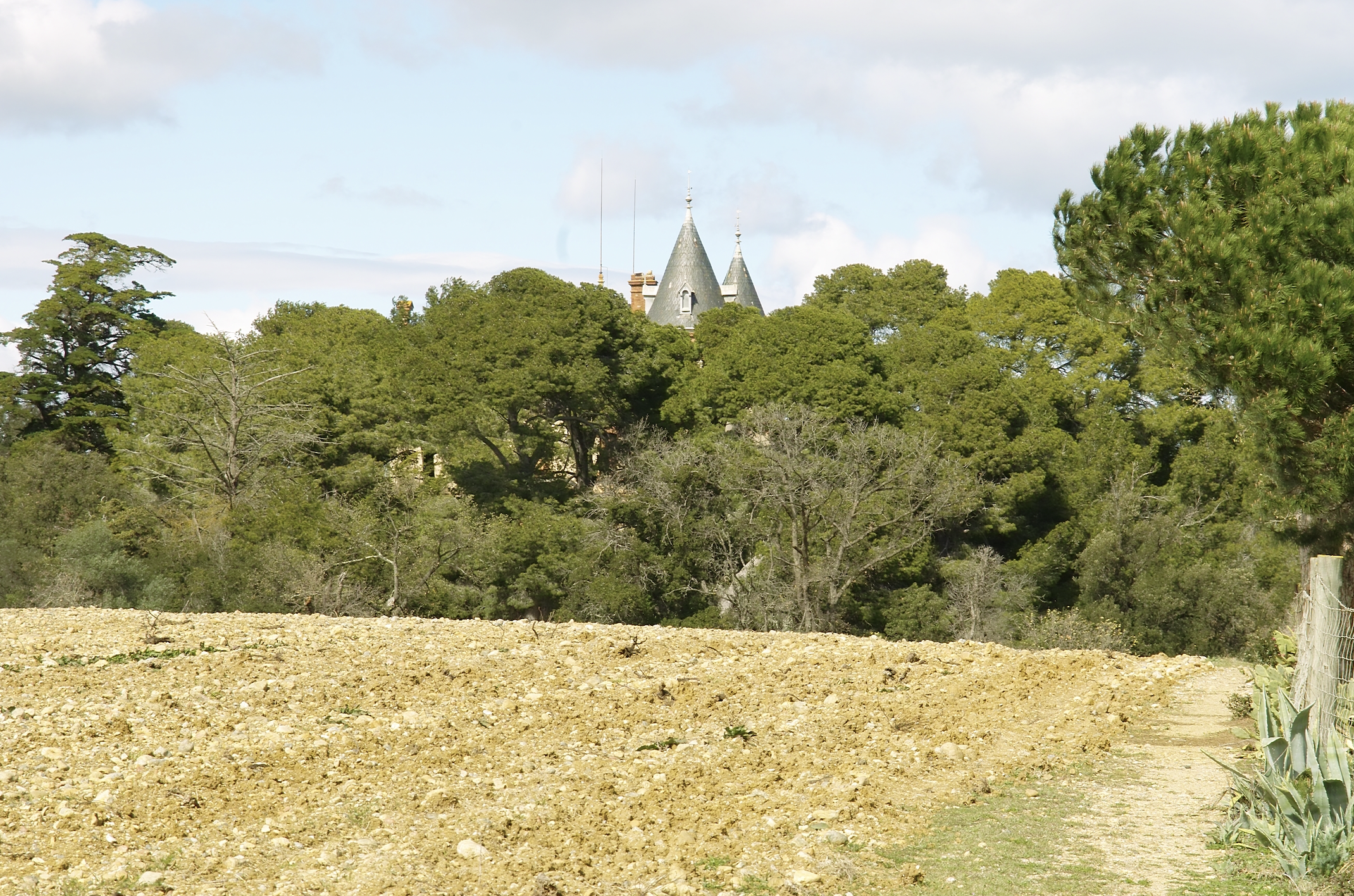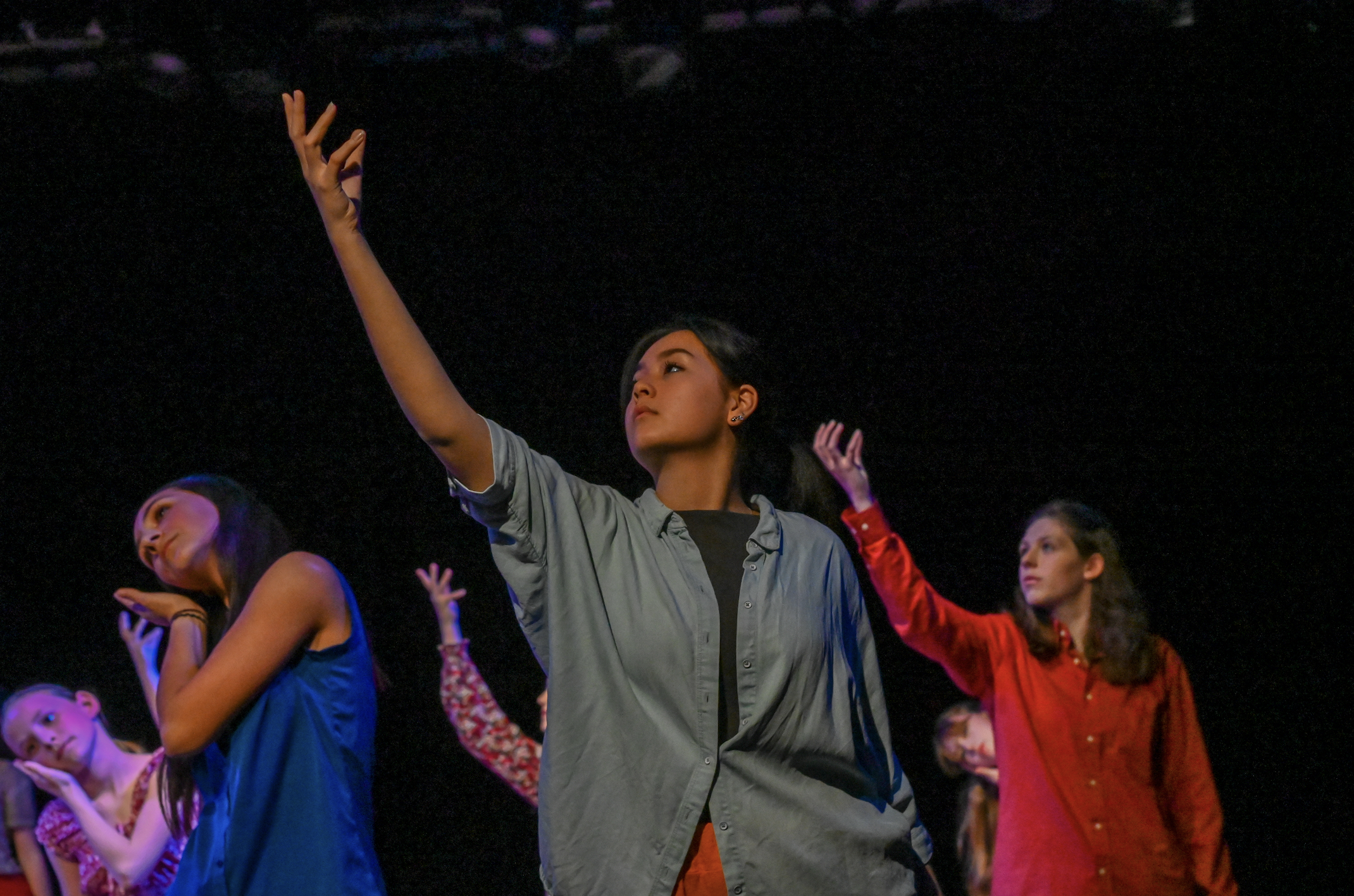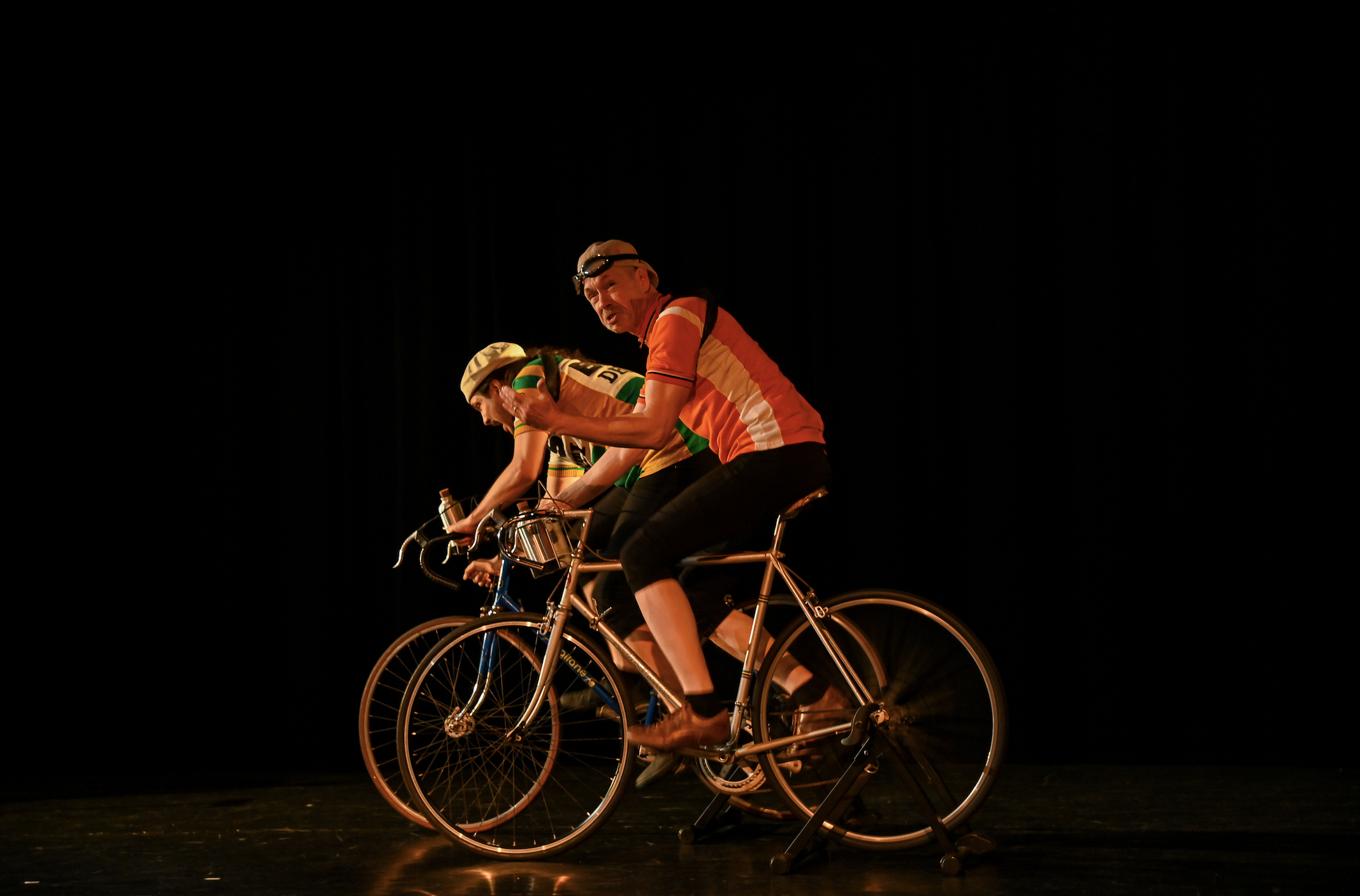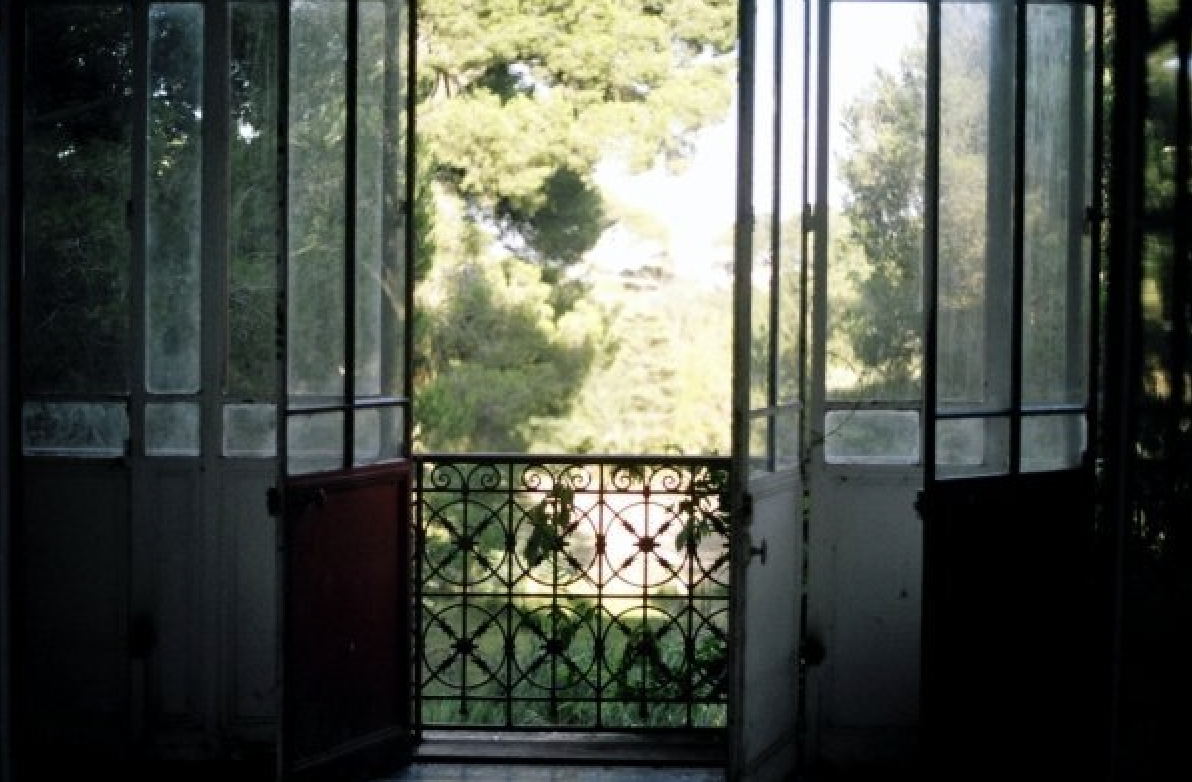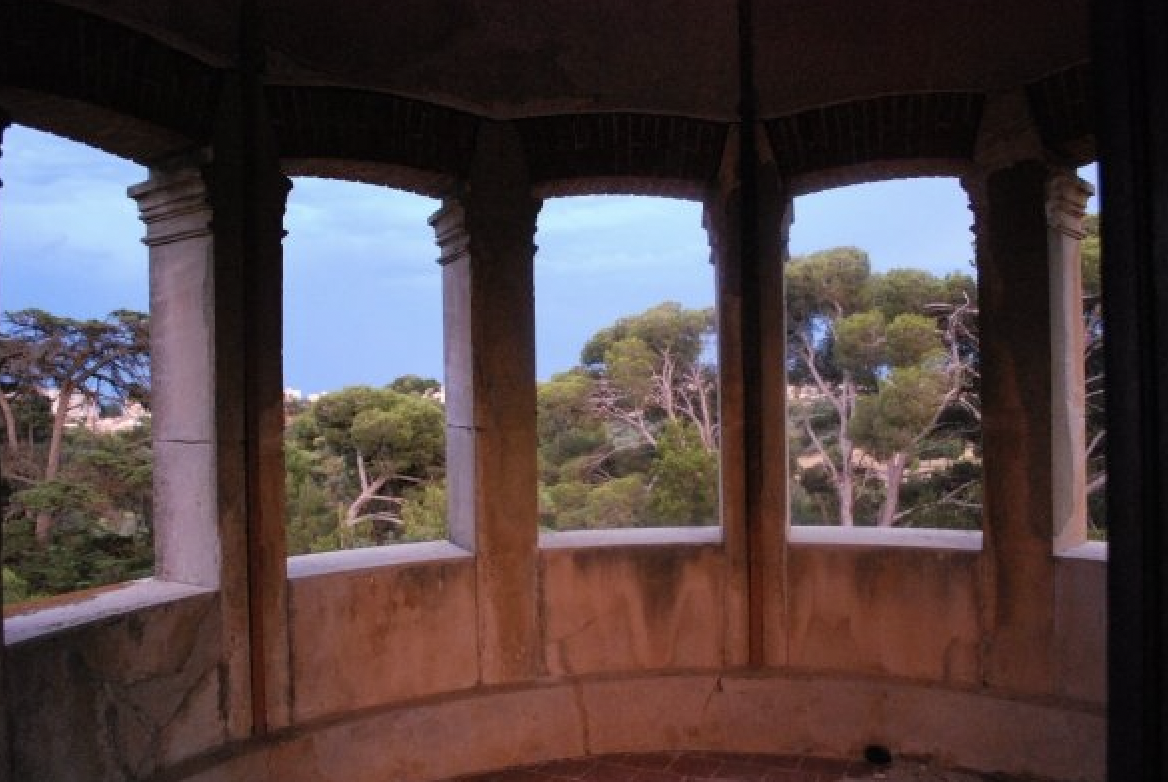The Château de l’Esparrou is situated in Canet-en-Roussillon in the Pyrénées-Orientales. It has been recognised as a Heritage Site for Culture (CCR) since 2012.
THE HERITAGE SITE
Situated between the sea and the banks of lake Saint-Nazaire, the hill of l’Esparrou, with its stony slopes surrounded by marshy meadows, is an exceptional natural site. It has so far been spared the urbanisation which from the 1950s took over the sandy heathland stretching to the shore. The estate was acquired in 1875 by Joseph Sauvy, a wine trader from one of the ‘new dynasties’ which prospered thanks to the arrival of the railway at Roussillon. The site was primarily used for wine production, but the Sauvy family spent only a few weeks each year there, in the old manor house adjacent to the agricultural buildings. Nonetheless, at the end of the 1870s Joseph Sauvy planted an ornamental Mediterranean park on the slopes facing the sea. In 1889 he decided to build a castle on the highest point of the park, and approached the Danish architect Viggo Dorph Petersen. The castles of Aubiry, Parc-Ducup and Valmy, along with Esparrou, are today the heritage ‘markers’ of 19th-century Roussillon.
THE CULTURAL PROJECT
The project is based on the theme of the intimate, and brings together four key elements: the history of the estate, an artistic presence, strengths in the area of artistic education of the young, and an examination of society and the environment. The annual programme is aimed at a wide audience (families, young people, the disadvantaged, students etc.) and includes concerts, events, new technology, exhibitions, conferences, training, internships, education workshops in arts and culture, and artist residencies linked with the environment and heritage of l’Esparrou.
A LOCAL AND REGIONAL PRESENCE
Following the formation in 2016 of the scientific committee, the Château de Goutelas created an artistic and education committee in 2017, comprising artists from all disciplines, the directors of artistic and environmental organisations, and education professionals. The aim of this committee is to consider and contribute to the organisation of educational projects in the fields of heritage, environment, music, theatre, dance, art, literature and circus arts. The committee is keen to use its breadth of expertise to support the association’s day to day activities, and is also linked with the scientific committee.


